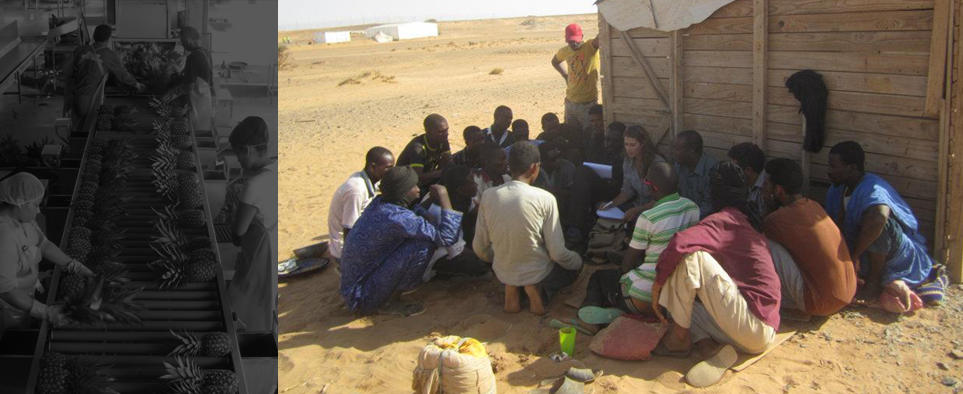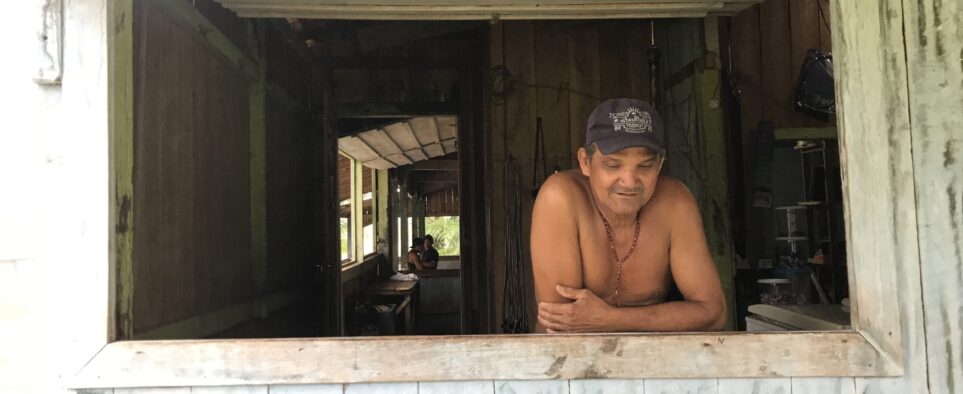A new report by NomoGaia, released in advance of International Human Rights Day, finds that IFC clients are bypassing indigenous rights with impunity. “FPIC at the IFC” says that the IFC (the World Bank’s private sector lending arm) is failing to perform due diligence and to identify or effectively manage risks to indigenous peoples.
“The difficult truth is that the IFC does not have the internal capacity to manage indigenous impacts, or even to know when external expertise is needed,” said Kendyl Salcito, Executive Director of NomoGaia.
“We describe some shocking negligence in projects across Asia, Africa and Latin America. Because public information from the IFC is so meager, we fear such projects are just the tip of the iceberg,” Salcito said.
Of 1010 Category A and B high- and mid-risk investments since 2012 when the Indigenous Peoples standard safeguarded the right to Free, Prior and Informed Consent (FPIC), the IFC has only nominally mandated FPIC on seven investments. Communities contest that the client did not actually gain their consent at all in three of those.
Indigenous peoples steward over a quarter of the earth’s territory, and IFC invests in 67 countries with indigenous peoples. The report finds that IFC’s conclusion that it only impacted lands, livelihoods and cultures on seven occasions is not just implausible, but incorrect.
Even more worrying, the rationales that clients gave for bypassing FPIC essentially nullify any chance that marginalized indigenous peoples might have to safeguard their traditions. “IFC’s clients successfully argued that indigenous peoples were too rich for FPIC, too poor for FPIC, too integrated with broader society, or too pervasive in a locality. They argued that legal protections allowed them to bypass IFC requirements and that the absence of legal requirements negated any responsibilities. Clients argued that it was both too early for FPIC and too late. There was essentially no scenario by which IFC clients seem to feel compelled to meet the letter and intent of IFC’s FPIC requirement,” Salcito said.
Another worrying discovery is that of the 29 investments the IFC made that nominally applied the indigenous peoples safeguard, it only publicly disclosed the FPIC process and outcome for one. “That means that 96 percent of IFC’s PS7 projects are cloaked in secrecy. Watchdogs and communities themselves can’t benchmark whether clients are even meeting the terms of the agreements they have allegedly made,” said Salcito.The rationale was simple: as a result of historic marginalization, indigenous peoples are uniquely vulnerable to development impacts. If empowered, they are also uniquely positioned to safeguard their traditional lands and promote sustainable practices. Other development banks, as well as the 105 member-banks of the Equator Principles, established indigenous rights safe-guards including the right to FPIC. Today, the vast majority of international project finance debt within developing and emerging markets now require FPIC.
The report says the IFC must reform its lending to clients that impact indigenous peoples by:
- Hiring indigenous specialists onto E&S teams, worldwide
- Removing red tape that disincentivizes clients from acknowledging indigenous peoples
- Increasing transparency around the identification of indigenous people and the determinations of impacts
- Assuring that indigenous peoples, not clients, dictate whether they will experience impacts
- Geolocate projects so that IFC can easily demonstrate where projects overlap with traditionally stewarded lands
The report says the IFC has begun to reform its application of the Indigenous Peoples Safeguard in response to recent criticisms. These steps include hiring indigenous expertise in Asia and committing to heightened transparency around the application of PS7. However, the report says fundamental flaws remain and more needs to be done.



